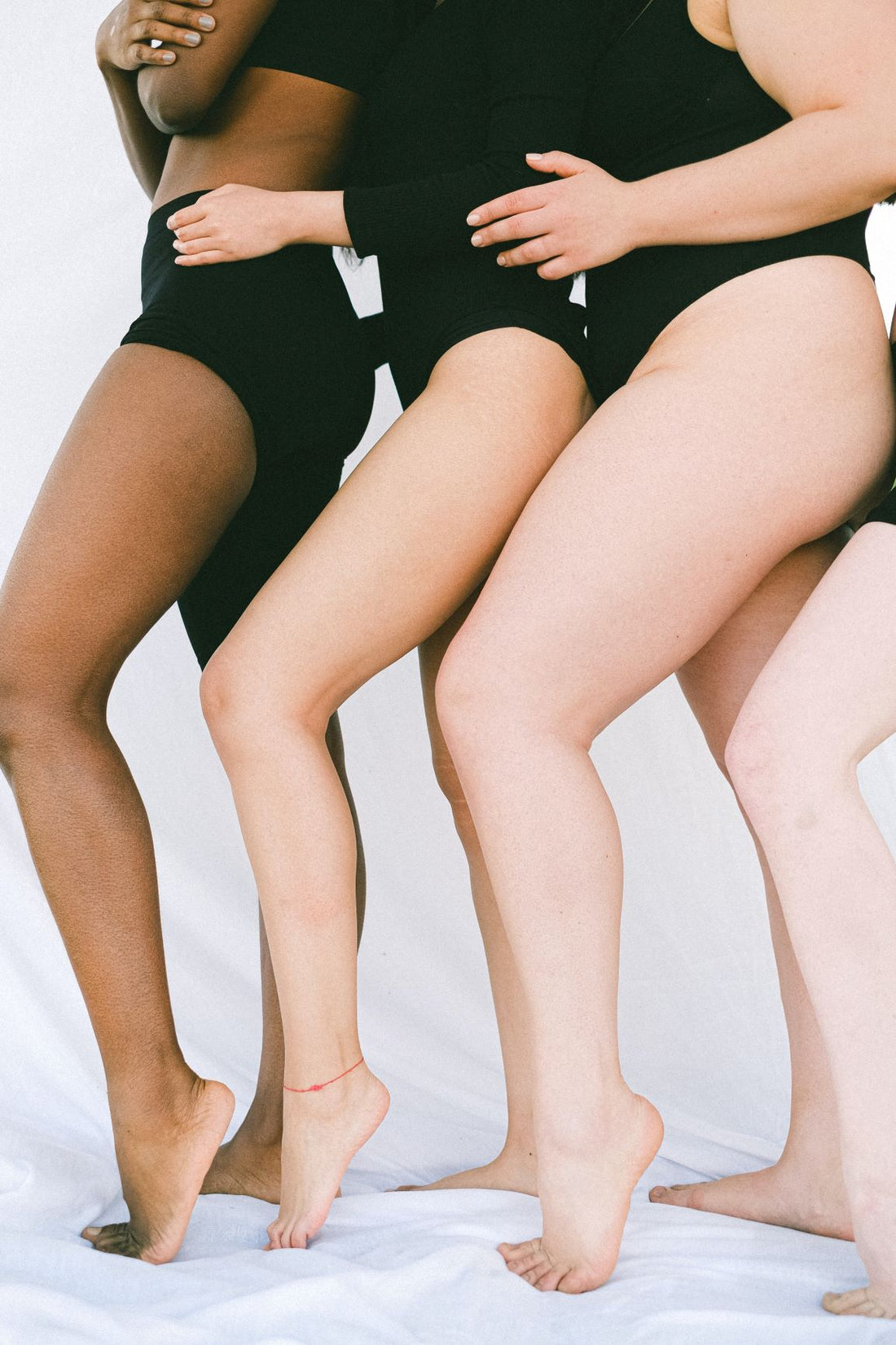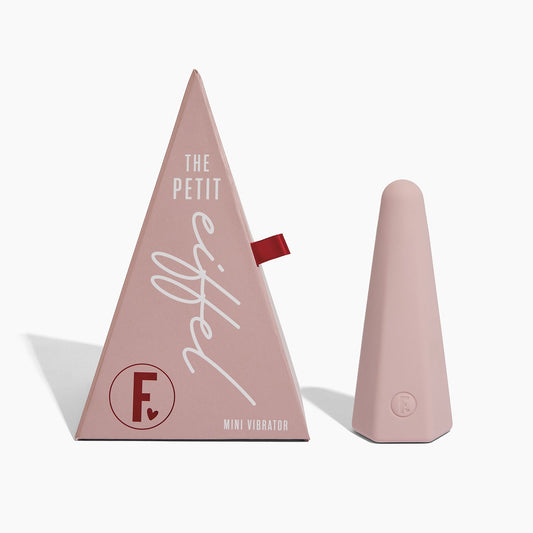What is body image?
Body image is the set of beliefs and perceptions about your body, that include generalisations like, “Oh I’m bigger than most people”. These beliefs are somewhat stable and often inform how we perceive our bodies.
How we feel in our bodies is often influenced by our physical experience of being in our bodies, and the messages we receive about our bodies from external sources. The relationship with the body can be based on negative or positive beliefs and perceptions of the body, which you may recognise is referred to as negative or positive body image.
Our body image forms through our experiences of the world. We are social creatures hell bent on belonging. The body is a tangible tool we can manipulate to ensure we belong. So we pluck, wax, starve, tan, dehydrate, and punish our bodies to ensure our place in society.
A short history on why people are so critical of bodies:
- The patriarchy: a system that advantages white cis males, and disadvantages everyone else
- Women gained power in this system by being physically attractive to men of status
- Therefore, fitting the beauty ideal = belonging, not fitting the beauty ideal = shame, powerless
Physical attractiveness is based on beauty ideals, which still exist today. However they change over time, from the heroin chic of the 90’s to the Kardashian hourglass figures of today.
Similar body image expectations exist for men. These include beauty ideals such as being athletic, and toned. But also come from porn, where men are seen to have large, constantly erect penises.
The influence of body image ideals, leads to body image insecurities. We naturally compare our bodies to the 1% of bodies that seem to fit the ideals. And this can impact our ability to relax into pleasure.
The consequences of this, is that we experience shame and anxiety about our bodies. Specifically we experience appearance anxiety which is often paired with intrusive thoughts during sexual experiences that leave us feeling self-conscious.
This shame and anxiety has us so in our heads, we disconnect from our bodies. Being in this state makes it harder to identify our internal states of sexual arousal or desire. The cues we received from our body are often important in telling us when, and where we are at in our sexual response, and heading toward orgasm.
So how do we manage body image concerns when they start to impact sexual function?
1. Evaluate the beauty ideals you're shown
Beauty ideals are portrayed in social media and invoke unhelpful comparisons. They can lead to the internalisation of unrealistic body image.
Consider who you follow, or time away from social media can always help to minimize unhelpful comparisons. This might mean choosing to follow businesses or individuals that encourage balanced body image.
2. Consider affirmations
In a world of toxic body image ideals, we also grapple with toxic positivity; or the idea we should love our bodies. While this is nice in theory, we are bombarded with fat-phobic messages about bodies everyday, so sometimes it’s easier to aim for body neutrality.
Body neutrality is important because it accommodates to the intersections of bodily experience for those who do not have the privilege of loving their bodies. For anyone who has experienced eating disorders, trauma, gender dysphoria, self harm or chronic pain; loving a body that is difficult to be in may not be possible.
This might sound like acknowledgement statements:
- Instead of “I love my body", try “I have a body”
- Instead of “I have to orgasm!”, try “my body can experience pleasure”
3. Identify body image related thoughts
Whether it’s before, during or after a sexual experience; notice what thoughts come up around body image.
Is it possible to hold space for the thought? Can you identify it as a body image concern? What emotions does it incite? Can you feel that emotion in your body? Breath into that space and see if you can be with the thought until it eases.
4. Focus on your physical experience
While body image concerns take us into our heads, that’s not exactly where we’d all like to be during sex.
Can you tap into your sensory experience by checking in with your five senses? In the moment, what can you see or hear that might be erotic or arousing. What can you feel, smell, or taste that brings you pleasure?
5. Queer your experience
Queer theory posits that we step outside of restricting patriarchal concepts of sex that are heteronormative, and disadvantage everyone.
What this means is instead of valuing penis in vagina penetrative sex, instead exploring how sex can be meaningful and valuable without penetration and orgasm.
It would encourage you to reconsider how bodies should look during sex, and instead focus on what is pleasurable for the body.
So while body image concerns are valid due to their historical and societal function, there are several ways to mediate the anxious brain noise that can often derail sexual experiences.





